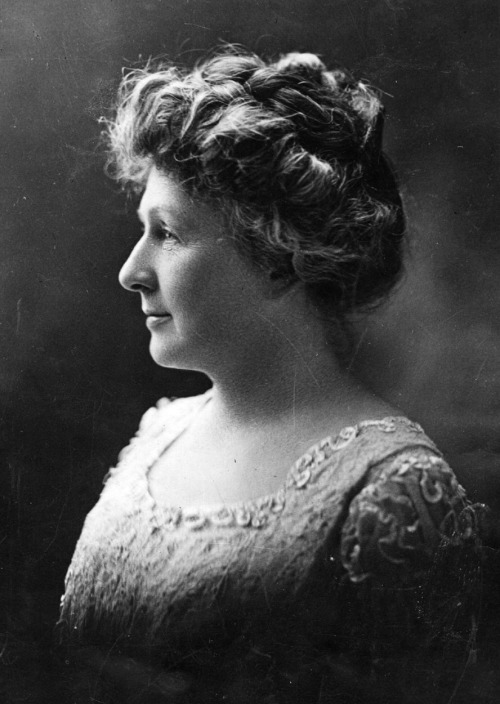Girls and women have made huge impacts in the science of astronomy and space exploration. This field combines mathematics, physics and chemistry to explain the origin and evolution of celestial objects and phenomena. This includes everything from planets, moons, and stars to supernovae explosions and cosmic microwave background radiation! Many women and girls have been on the forefront of these out of these world discoveries and travels. In our “Star Girls” blogs, we’ll introduce you to a few that we find to be super stellar!
In the 1880s, Edward Charles Pickering – the director of the Harvard College Observatory – started amassing what would eventually become the world’s largest collection of photographic plates of stars: 500,000 slices of the sky captured on glass. In order to analyze all this data, Pickering hired a team of women, some with college educations and some who received on the job training. The women worked in a small library adjacent to the observatory for about 25 cents an hour, six days a week, calculating the temperature and motion of the stars via these astronomical plates.
While discovering new stars, nebulae, and novae, these girls, often referred to as the “Harvard Computers,” gained recognition around the world for their contributions to astronomy. They were referred to as “computers” because they measured the brightness, positions, and spectra of hundreds of thousands of stars imaged on glass plates. Their efforts paved the way for women who would work in computing, engineering, and aerospace industries. While today many of these women’s names go unknown, at the time they were quite recognized in their field and were featured in many scientific publications. Unfortunately, they were still paid much less than their male counterparts.
One of the “human computers” working in Harvard’s Observatory was Annie Jump Cannon.
Annie was born in Delaware in 1863. As a young girl, Annie’s mother taught her the constellations and stimulated her interest in astronomy. When she was older, Annie studied physics and astronomy and learned to make spectroscopic measurements at Wellesley. In simple terms, spectroscopy is the use of light, sound or particle emissions to study matter. The idea is this: Putting a series of prisms in front of a telescope diffracts light from the star, splitting it into a spectrum that shows which light the star absorbs and which it bounces back. From that light can be read information about the star’s temperature, chemical composition and luminosity.
While in school, Annie became almost completely deaf, likely due to a case of scarlet fever. Nonetheless, Annie graduated with a degree in physics in 1884 and returned home. But Cannon was restless with the limited career options available to women so she learned photography. She even visited Europe in 1892 to photograph the solar eclipse.
Her work at Harvard College Observatory began in 1896 when she was hired by Pickering to reduce data and carry out astronomical calculations. Between 1911 and 1915, she classified 5,000 stars a month. To help with the process, she developed her own scheme, which resulted in the famous OBAFGKM classification that is still used today. Remembered by the mnemonic phrase, “Oh! Be A Fine Girl—Kiss me!”, the classification was initially based on the appearance and strength of certain spectral lines. The organization was later understood to reflect stellar temperatures: O stars are hot and blue while M stars are cool and red.
Cannon’s hard work earned her numerous academic honors, several prizes, and many “firsts”—including being the first woman recipient of an honorary doctorate from Oxford and the first woman elected an officer of the American Astronomical Society. The American Association of Astronomy annually presents the Annie Jump Cannon Award to women astronomers who have made outstanding contributions in astronomy.
-Tiffany R. Isselhardt
Program Developer

